| Street Workout Community |
|---|

English
Since I started taking my training seriously, I realized that it's not enough to simply lift weights or do push-ups until you're exhausted. To truly progress, whether it's gaining strength or muscle mass, you have to train smart, not just hard. One of the concepts that has helped me most understand and organize my progress is total volume.
Total volume is, simply put, the total amount of work I do during a training session or over the course of a week. It's simply calculated: Sets × Reps × Weight. For example, if I do 4 sets of 10 reps of squats with 50 kg, the total volume for that exercise would be 2000 kg. This metric allows me to objectively see how much work I'm doing and if I'm actually exceeding what I did the previous week.
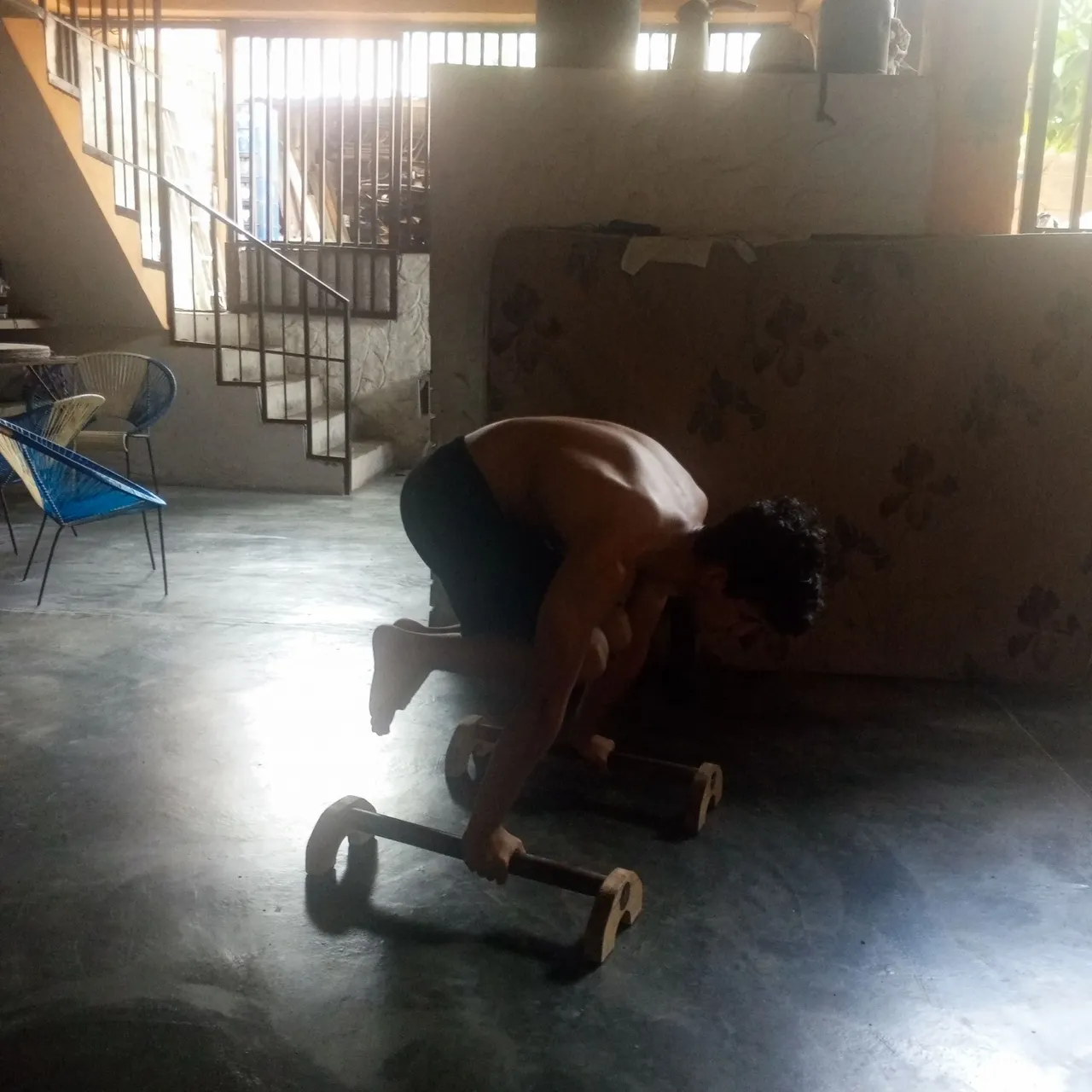 | 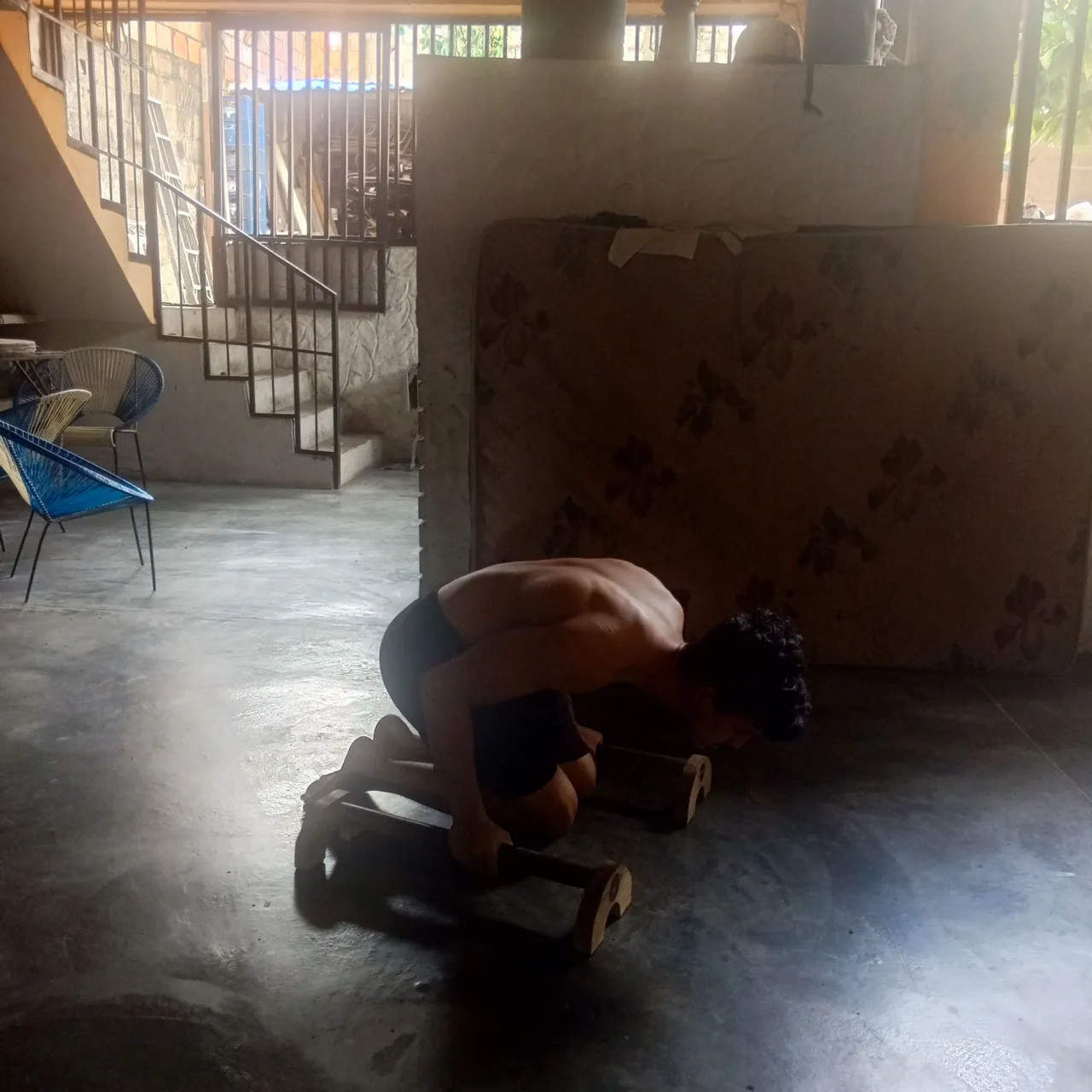 |
|---|

In the case of calisthenics, which I also practice regularly, the approach is different. Since the weight is my own body in many exercises, what counts are the total repetitions or the number of effective sets. For example, if I do 5 sets of 10 push-ups, my volume would be 50 repetitions. It's a simpler way of measuring, but no less useful, especially when I want to control the load on certain muscle groups.
Why do I take the time to calculate or at least get a clear idea of my total volume? Because it's one of the most powerful tools for applying the principle of progressive overload, which basically involves pushing the body to adapt by doing a little more each time. Gradually increasing volume, whether through adding reps, sets, or weight, allows me to ensure I'm making progress. It also helps me quantify my progress. Instead of training blindly, I have a concrete measure to know if I'm doing more work than before.
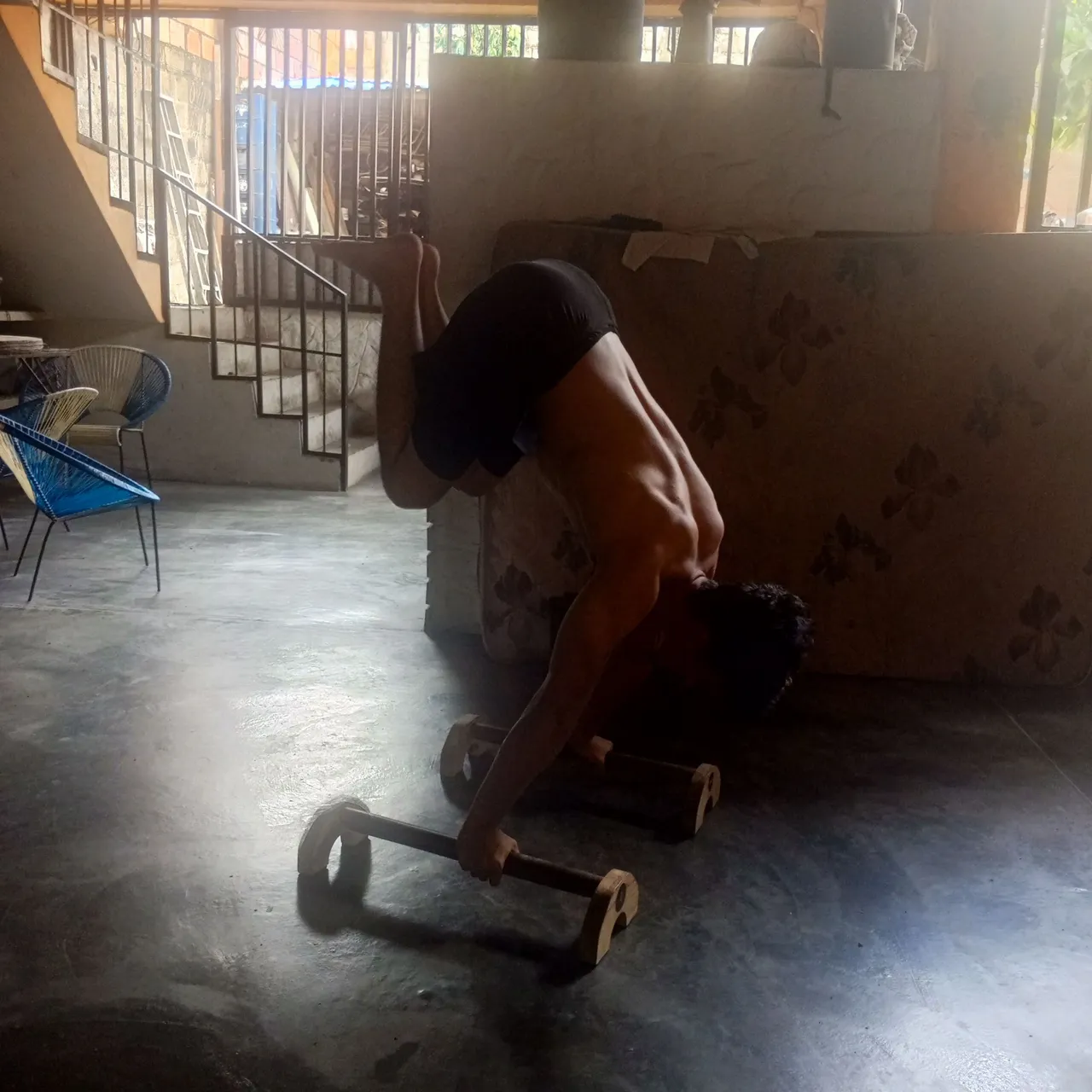 |  |
|---|

I've also learned that controlling volume is key to avoiding overtraining. We all want to progress quickly, but if I exceed the amount of work my body can tolerate and recover from, my results stagnate or even regress. That's why I try to respect the concept of maximum recoverable volume (MRV), which helps me find a balance between training hard and allowing my body to recover properly.
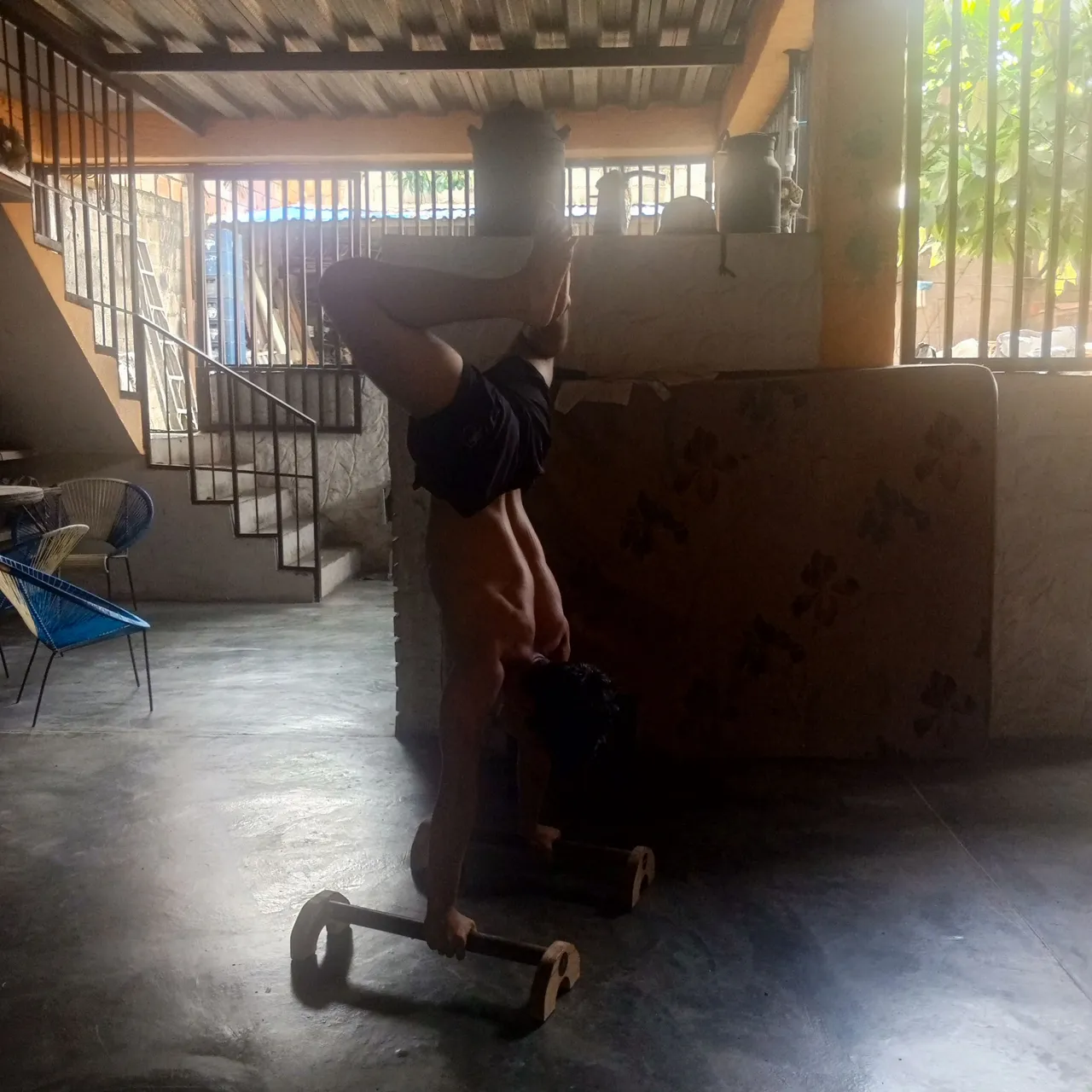 | 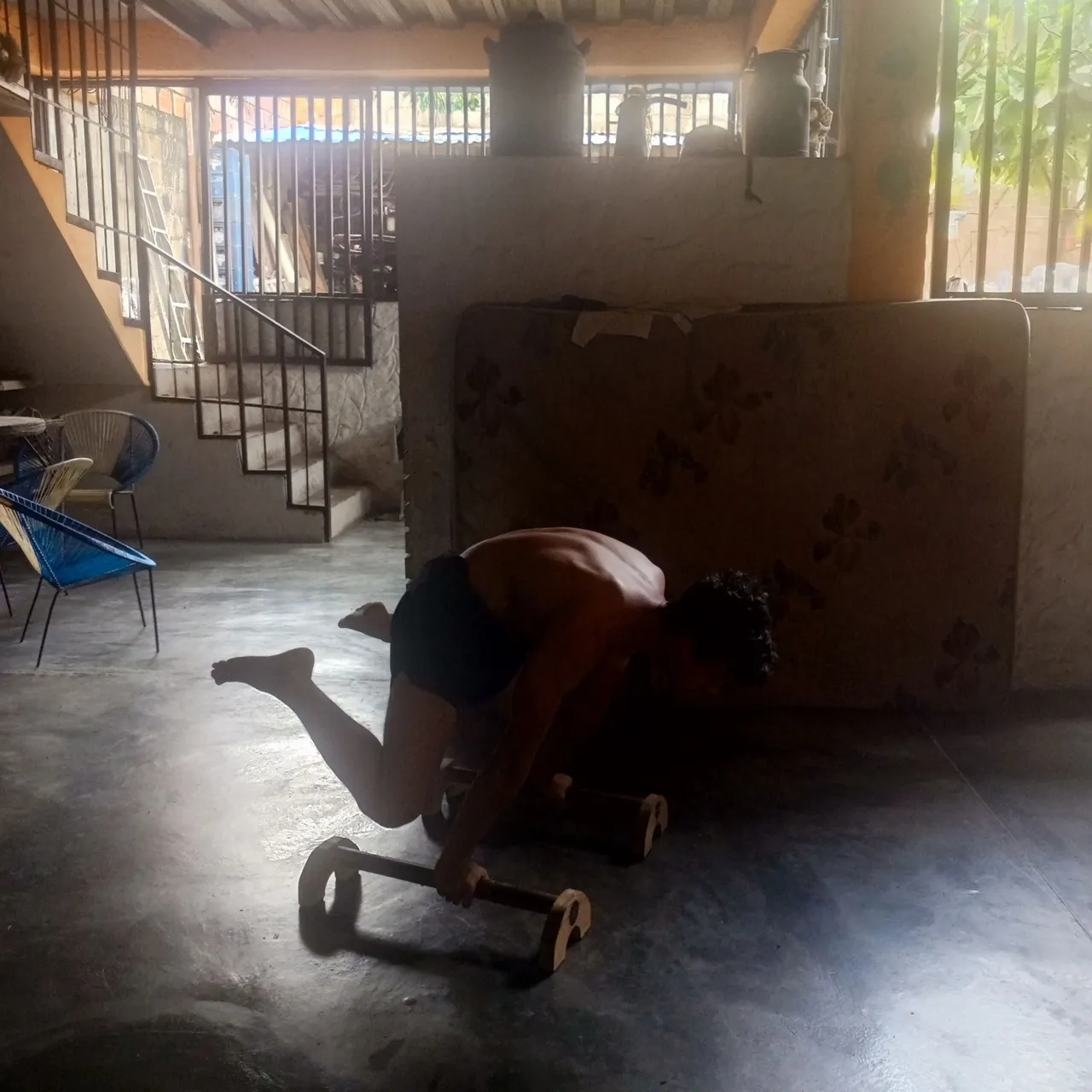 |
|---|

Understanding and managing total volume has changed the way I train. It allows me to be more strategic, avoid injuries, and make consistent progress both in the gym and with my own bodyweight. It's no longer just about sweating more, but about training with purpose. I'm omarzv-sw and this was my post. See you later!
Spanish
Desde que empecé a tomarme en serio el entrenamiento, me di cuenta de que no basta con simplemente levantar pesas o hacer flexiones hasta el cansancio. Para progresar de verdad, ya sea ganando fuerza o masa muscular, hay que entrenar con inteligencia, no solo con intensidad. Uno de los conceptos que más me ha ayudado a entender y organizar mi progreso es el volumen total.
El volumen total es, en pocas palabras, la cantidad total de trabajo que realizo durante una sesión de entrenamiento o en el transcurso de una semana. Se calcula de forma sencilla: Series × Repeticiones × Peso. Por ejemplo, si hago 4 series de 10 repeticiones de sentadillas con 50 kg, el volumen total de ese ejercicio sería de 2000 kg. Esta métrica me permite ver de forma objetiva cuánto trabajo estoy haciendo y si realmente estoy superando lo que hice la semana anterior.
 |  |
|---|

En el caso de la calistenia, que también practico regularmente, el enfoque es diferente. Como en muchos ejercicios el peso es mi propio cuerpo, lo que cuenta son las repeticiones totales o el número de series efectivas. Por ejemplo, si hago 5 series de 10 flexiones, mi volumen sería de 50 repeticiones. Es una forma más simple de medir, pero no menos útil, especialmente cuando quiero controlar la carga sobre ciertos grupos musculares.
¿Por qué me tomo el tiempo de calcular o al menos tener una idea clara de mi volumen total? Porque es una de las herramientas más poderosas para aplicar el principio de sobrecarga progresiva, que básicamente consiste en empujar al cuerpo a adaptarse haciendo cada vez un poco más. Aumentar gradualmente el volumen ya sea sumando repeticiones, series o peso me permite asegurar que estoy avanzando. Además, me ayuda a cuantificar mi progreso. En lugar de entrenar a ciegas, tengo una medida concreta para saber si estoy haciendo más trabajo que antes.
 |  |
|---|

También he aprendido que controlar el volumen es clave para evitar el sobreentrenamiento. Todos queremos progresar rápido, pero si excedo la cantidad de trabajo que mi cuerpo puede tolerar y recuperar, los resultados se estancan o incluso retroceden. Por eso trato de respetar el concepto del máximo volumen recuperable (MRV), que me ayuda a encontrar un equilibrio entre entrenar duro y permitir que mi cuerpo se recupere adecuadamente.
 |  |
|---|

entender y manejar el volumen total ha cambiado la forma en que entreno. Me permite ser más estratégico, evitar lesiones, y progresar de manera constante tanto en el gimnasio como con mi propio peso corporal. Ya no se trata solo de sudar más, sino de entrenar con propósito. Soy omarzv-sw y esta fue mi publicación. ¡Hasta luego!

| Thank you for viewing my post we will see you soon💪🏻. | Gracias por ver mi publicacion nos veremos pronto💪🏻. |
|---|
| Credits | Créditos |
|---|---|
| Images and separators | Imágenes y separadores |
| @omarzv-sw | @omarzv-sw |
| date | fecha |
| 08/07/2025 | 07/08/2025 |
| Device | Dispositivo |
| TECNO SPARK 10 Pro | TECNO SPARK 10 Pro |
| Cover created with: | Portada creada con: |
| Canva | Canva |
| Translator: | Traductor: |
| Translate Google | Translate Google |
✨ Success is not the absence of failure, but persistence in spite of it. ✨
✨ El éxito no es la ausencia de fracasos, sino la persistencia a pesar de ellos. ✨
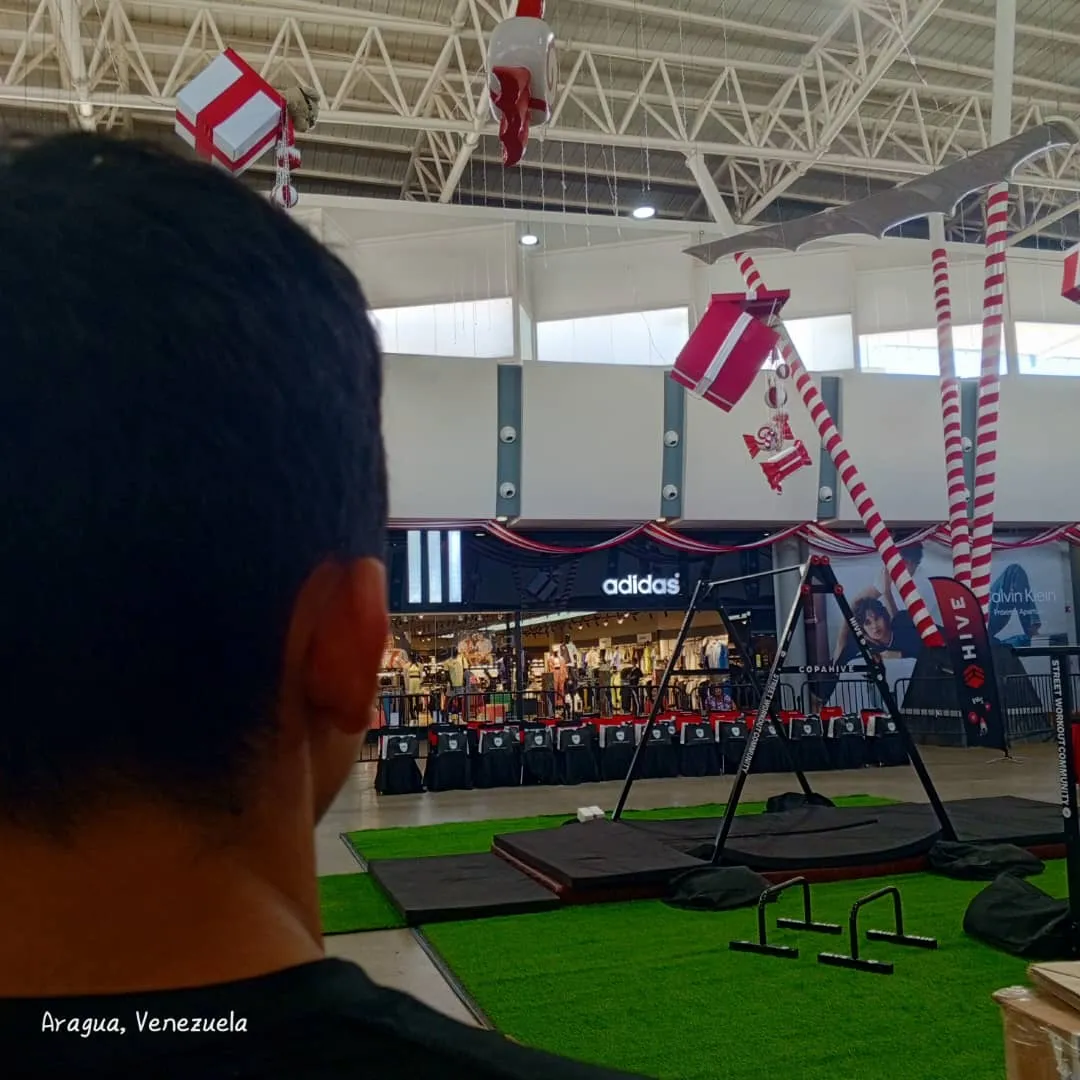 |
|---|
| References | Referencias |
|---|---|
| R1 | R1 |
| If you liked my content you can visit my social networks | Si te gusto mi contenido puedes visitar mis redes sociales |
|---|
